How the U.S. energy transition is rewriting the history of electricity

“
We have huge modernization tasks ahead of us to increase grid resilience and ensure the grid keeps pace with the accelerating shift toward a renewables-powered U.S. Therefore, governments and industries must review current policy mechanisms and business practices.
Milestones
In this section we inform you about planned future projects in the US for which Siemens Energy and its customers has concluded preferred supplier agreements.
TransWest Express selects Siemens Energy as HVDC technology partner
Press Releases

